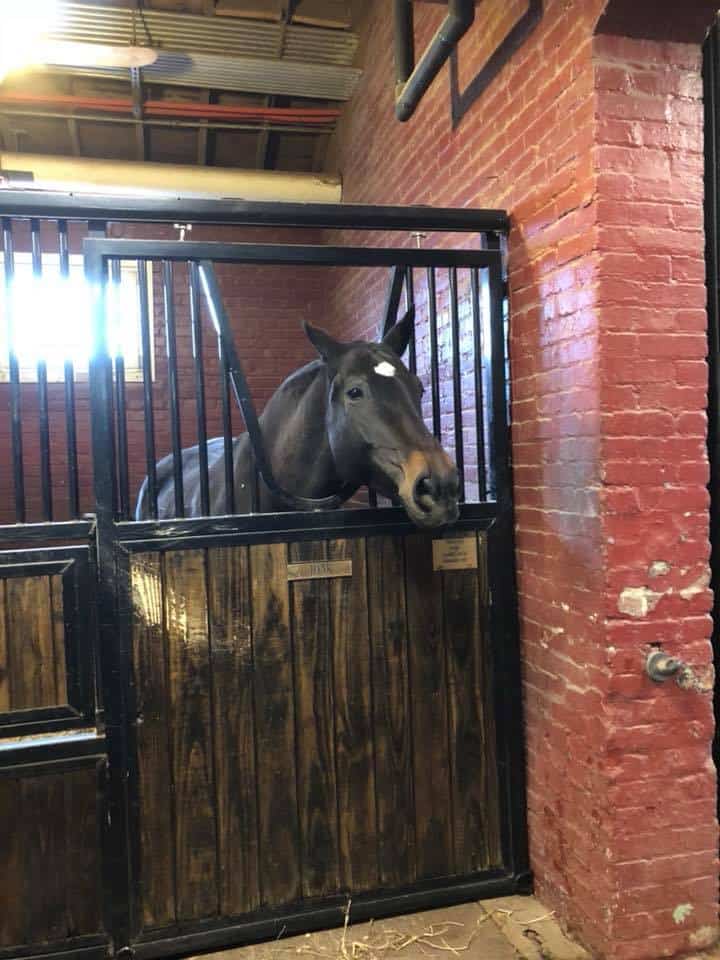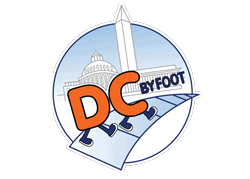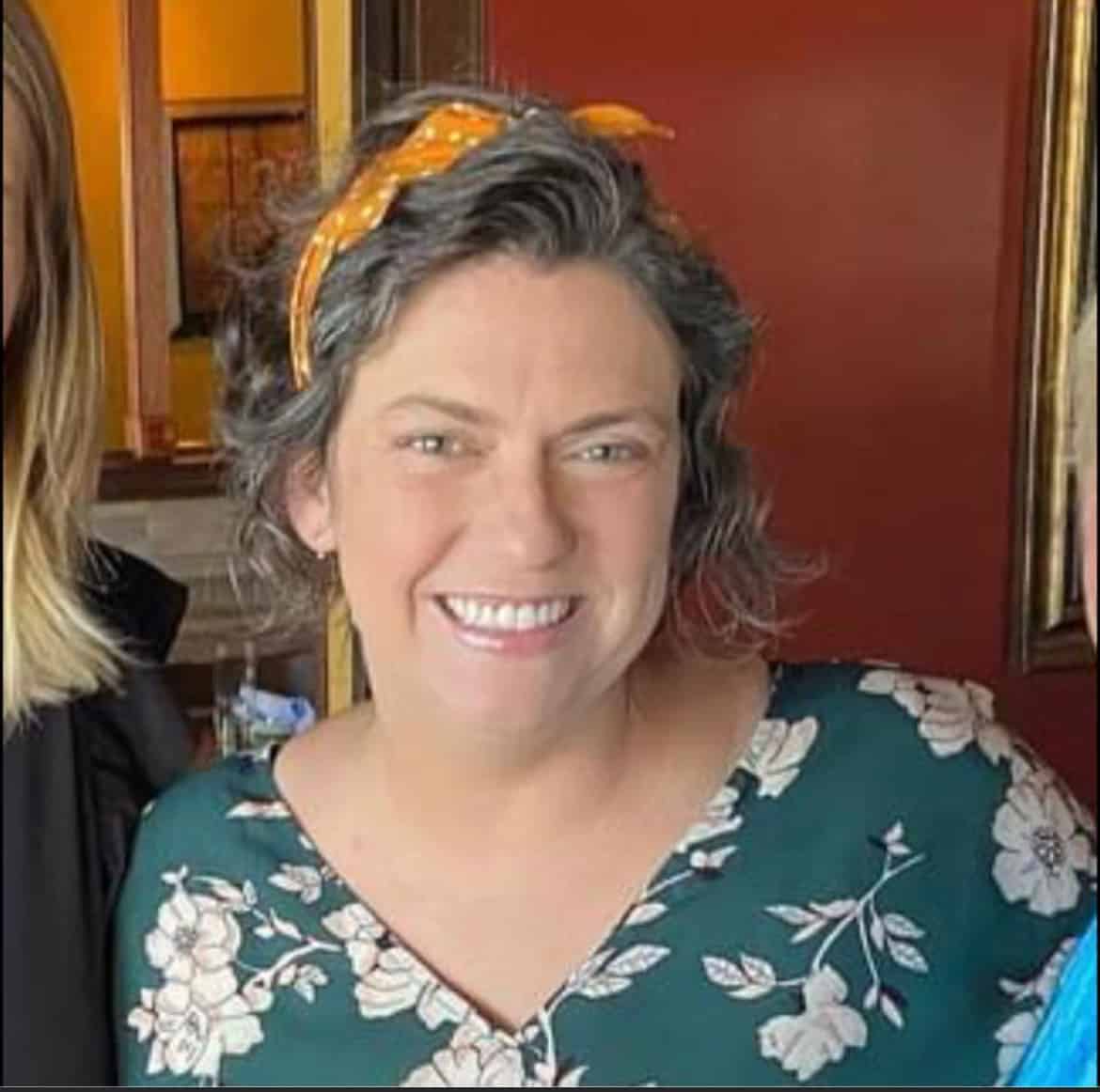This post is about the Caisson Platoon at Arlington National Cemetery and how to visit the Fort Myer stables.
It is a scene that defines Arlington National Cemetery and reminds the visitor that this cemetery is no outdoor museum, rather it is an active cemetery.
Passing through is the Caisson Platoon of the Third Infantry Regiment, the Old Guard, the oldest infantry unit in the United States Army on their way to a most solemn duty.
How to Visit the Caisson Platoon
The stables at Fort Myers are open to the public and tours are available where you can see the horses and talk to the members on how they prepare for funeral and memorial services.
Tours are available on a walk in basis on Tuesdays to Saturdays from 12pm-4pm, though larger groups can contact the platoon in advance to arrange scheduled tours.
Our Arlington National Cemetery tours end around 12:30pm making this a perfect extension to the walking tour.
On the tour of the Caisson Platoon, you'll see the horses and stables but also the tack room and maybe even the farrier at work. Tours last about 45 minutes and are free.
How to Get Here
The Caisson Stables are located within Fort Myers next to Arlington National Cemetery.
You will need to enter the base via Hatfield Gate and all persons over the age of 18 will need to present ID and may need to have your vehicle checked before continuing on.
There is a parking lot just outside the stables.
What is the Caisson Platoon?
A team of horses, either black or white, and several servicemen comprise this particular group.
They are conducting one of the most solemn activities in the United States - carrying the remains of a US serviceman to his or her final resting place.

A typical caisson team consists of at least 7 horses, 4 riders, and one serviceman holding the colors of the service the deceased served in, plus the caisson.
Six of the horses are pulling the caisson, three of which have riders. The other three horses are riderless. In days past, these horses would have been outfitted with supplies, feed or were intended as replacement horses.
The two horses closest to the caisson are called the wheel horses and these are the most experienced horses and act as the brakes.
The front two horses are the leads and they are the 2nd most experienced.
The middle two horses are the swings and they are the least experienced.
The 7th horse, which has a rider, is the guide horse.
History of the Caisson Platoon
Involvement of the Caisson Platoon is an honor reserved for officers of the United States military who are eligible to be buried or inured in Arlington Cemetery.
The Platoon traces its heritage to a time when horses were the military's beasts of burden and were relied upon to both carry ammunition and other provisions to the battle front, as well as transport the wounded and dead back to the military hospitals and morgues.
For officers of the Army and Marines who reached the rank of colonel or above, as well as Presidents of the United States of America, a riderless horse, with an empty saddle and boots turned backwards, can also be included.
The riderless horse gets its roots from the ancient world. When a dead warrior was buried, his horse was sacrificed and buried alongside him, so that his soul would be able to ride in the afterlife.
Today, the riderless horse serves only as a symbol of this ancient practice.
The platoon is comprised of roughly 50 service men and women as well as approximately 60 horses. There are 4 riding teams.
At any given time, two teams are actually riding, with each team conducting up to 4 full honor funerals per day, while the other two teams work in the stables and farrier caring for the horses, alternating every week.
There are a total of five caissons in the fleet. Training for both the horses and the humans is intense.
Horses are chosen for their easy going temperament and the ability for withstanding all the different stimuli that they could be exposed to, including sounds from trumpets, airplanes and most importantly, rifles and cannons.
The horses must learn to ride as a team with the caissons. Interestingly, riders with little or no riding experience are preferred. Each rider must learn how to care for the horse as well as how to ride them.
The Caisson Platoon Today
The daily activities of the Caisson Platoon have members up before 4 a.m., when they must report to the stables to begin their day.
There's much to do- including washing the horses, cleaning and fitting their shoes, cleaning the barn stalls and shining the tack that the horses wear.
Then, the horses must be fitted with their saddles and bridles and then hooked up to the caisson. All this is done, before the caskets are secured.

In addition to full honor funerals at Arlington National Cemetery, the Caisson Platoon also takes part in presidential inaugural parades and presidential funerals as well as other military or historic events in the Washington, DC area.
The Spirit of America, a community outreach program and the Twilight Tattoo, a military pageant that takes place on the grounds of Fort Myers, where the platoon and the entire 3rd Infantry Regiment are based are two examples.
More information on the Caisson Platoon
To learn more about the Caisson Platoon as well as the 3rd Infantry Regiment, plan on visiting the Old Guard Museum, located in Fort Myer, adjacent to Arlington National Cemetery.
Please also take a look below at some of the pages used as references for this article.







